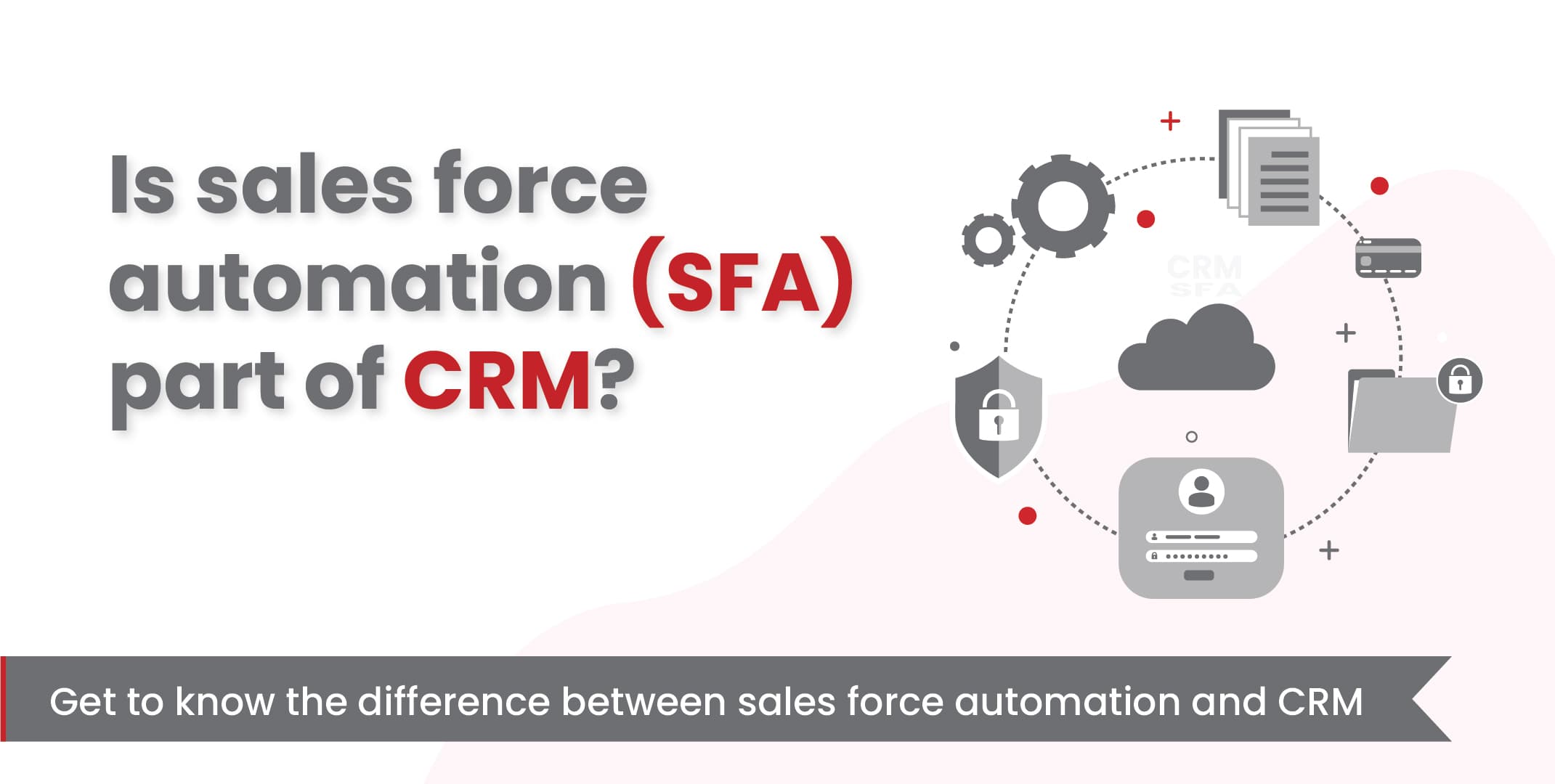With each passing day, more companies are leveraging the importance and benefits gained by using sales force automation technology for their day-to-day business processes. This includes lots of things like efficient customer, account, order and inventory management as well as sales team performance evaluation.
However, with so many various options and terminology being used around, it’s hard to stay on top, to figure out what you need and whether it’s going to be an advantage for your business. And, SANeForce Sales force automation does that with Ease!!
What is Sales Force Automation?
Salesforce automation technology (SFA) is defined as a software application that streamlines the ongoing sales management process. This shall include many things like tracking leads and opportunities among the sales pipeline, sales reps and customer activity tracking, adequate communication and analysis for employee performance evaluation.
Used by many successful companies, the main features of an SFA system are contact management and opportunity management, together with email integration, task management and diary sharing. Simply put SFA technology easily makes the lives of both the salesperson and manager more manageable by streamlining those everyday mundane tasks teams by automating them as much as possible. The common misconception is that CRM and SFA are both the same but we shall discuss how they are not.
“ Let’s Dig a little Deeper. ”
What is the difference between SFA and CRM?
The most common between CRM and SFA is that CRM is designed with a focus on customer satisfaction and all the benefits that a company gets due to customer retention. It has been made to look after the client and their concerns which will later help the organization to make adjustments accordingly in the near future.
It establishes the relationship between consumer and business by collating and centralizing client data from customer interactions, complaints or queries, previous meetings and purchase history tracking. By analyzing such kind of data, sales teams can then leverage it to customise their sales solutions based according to clients’ needs.
For instance, client 1 recently called your customer complaints team with regards to a faltering signal with your product. They’re very happy with the sound quality and everything it offers but is a little disappointed with its signal range compared to other systems. After gathering all the knowledge, the next time you visit client 1, you have prepared a list of alternative products with a wider and better signal range.
SalesForce Automation, on the other hand, focuses entirely on the sales process – making it more efficient and transparent for the sales team. Generally, SFA software has more potential sales management and pipeline management tools, providing sales directors with a clear vision about the future prospects, recent sales and past performance of their sales reps.
To put it in simpler terms, CRM is said to be a post-sale software designed to retain and satisfy existing clients, while SFA is called client acquisition software. However, with an effort to be an all-in-one solution for companies, many CRM providers are now adding additional features such as SalesForce Automation integration and marketing automation. SFA given its impact can also be termed as stand-alone software or part of a CRM solution.
Remember to buy Pharma CRM software from SANeForce that has all the features of SFA software to leverage the maximum advantage for the growth of your company. It is important to understand that although CRM and SFA are said to be different they can both complement each other in a way and when combined together works great for your business.

